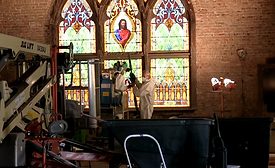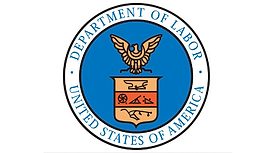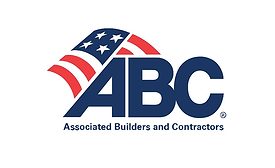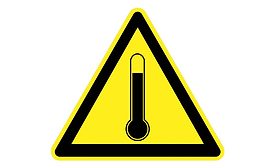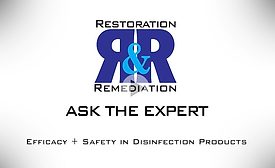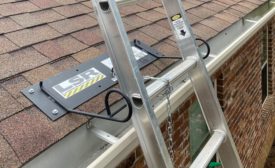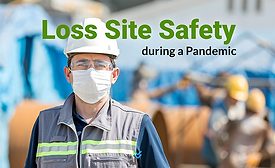Home » contractor safety
Articles Tagged with ''contractor safety''
Lessons Learned from Restoring a Historic Church After a Fire
Dry Ice Blasting, Asbestos Abatement, Contractor Safety and a Hidden Surprise
Read More
Stay ahead of the curve with our eNewsletters.
Get the latest industry updates tailored your way.
JOIN TODAY!Copyright ©2025. All Rights Reserved BNP Media.
Design, CMS, Hosting & Web Development :: ePublishing

